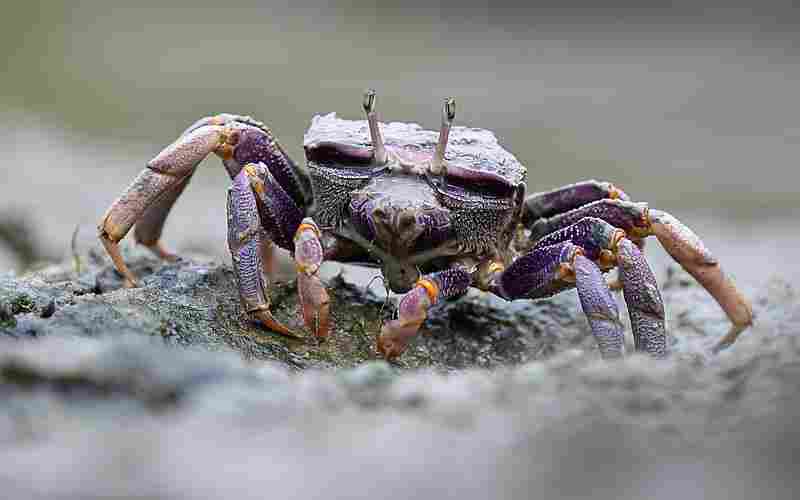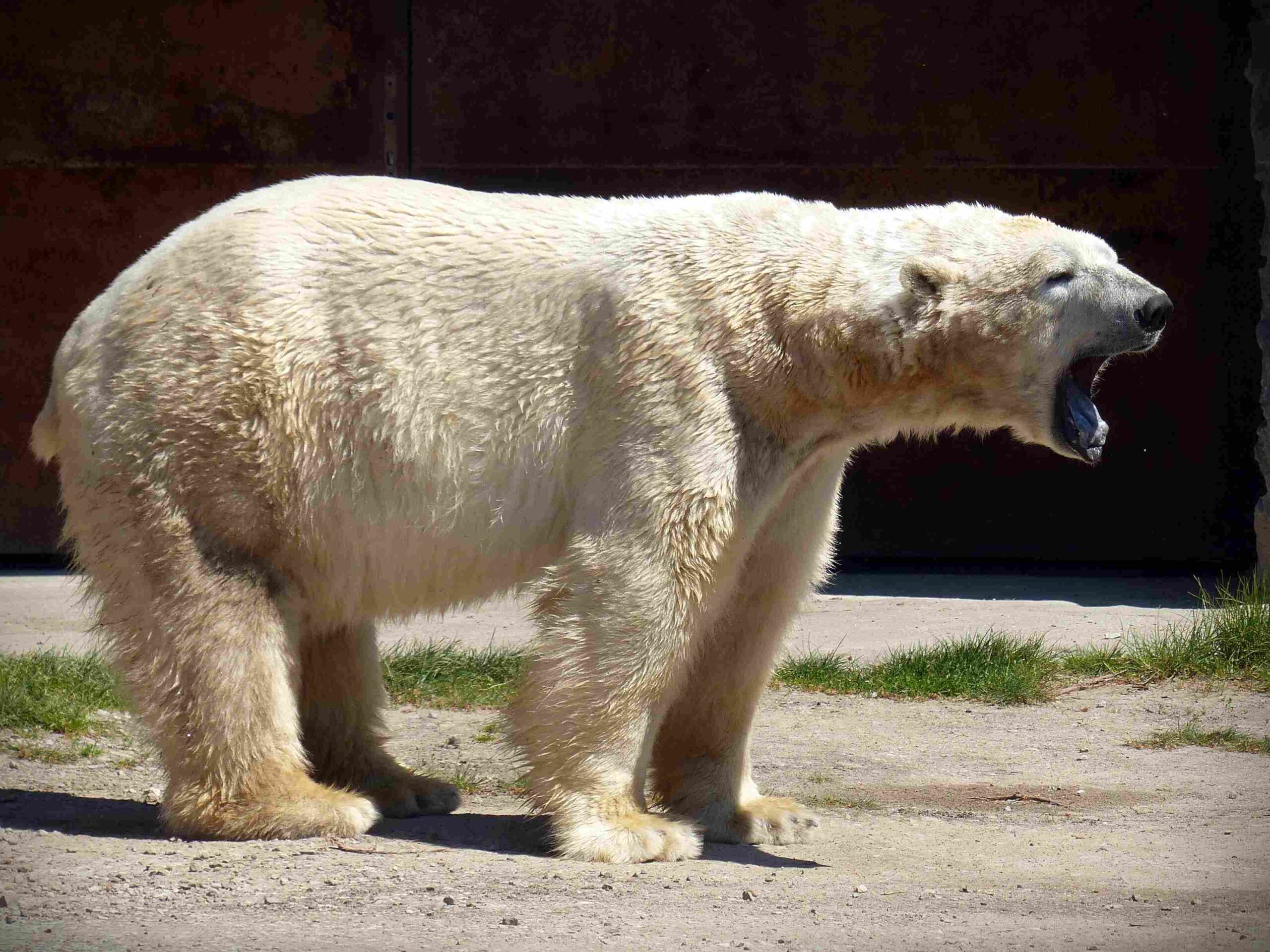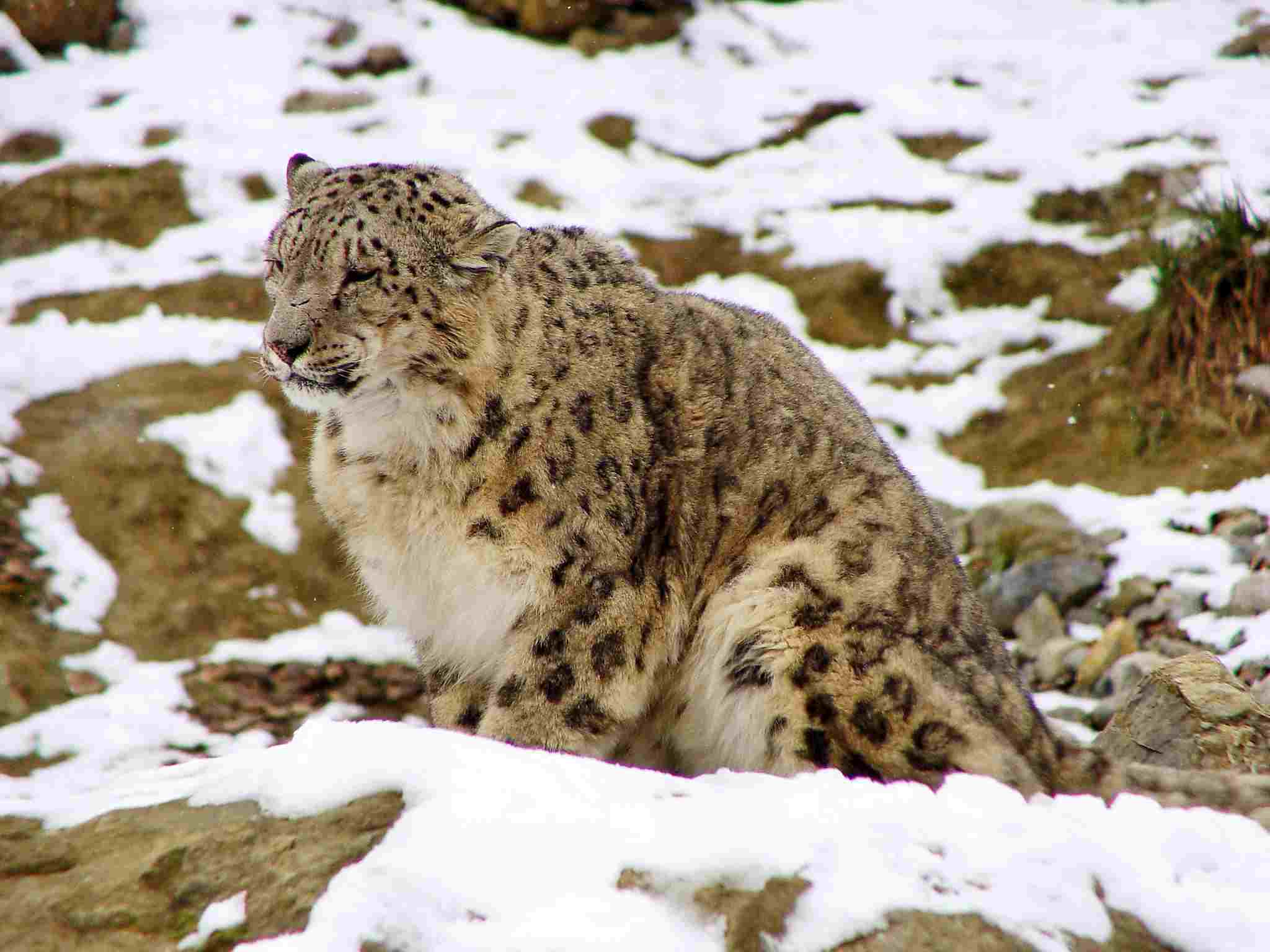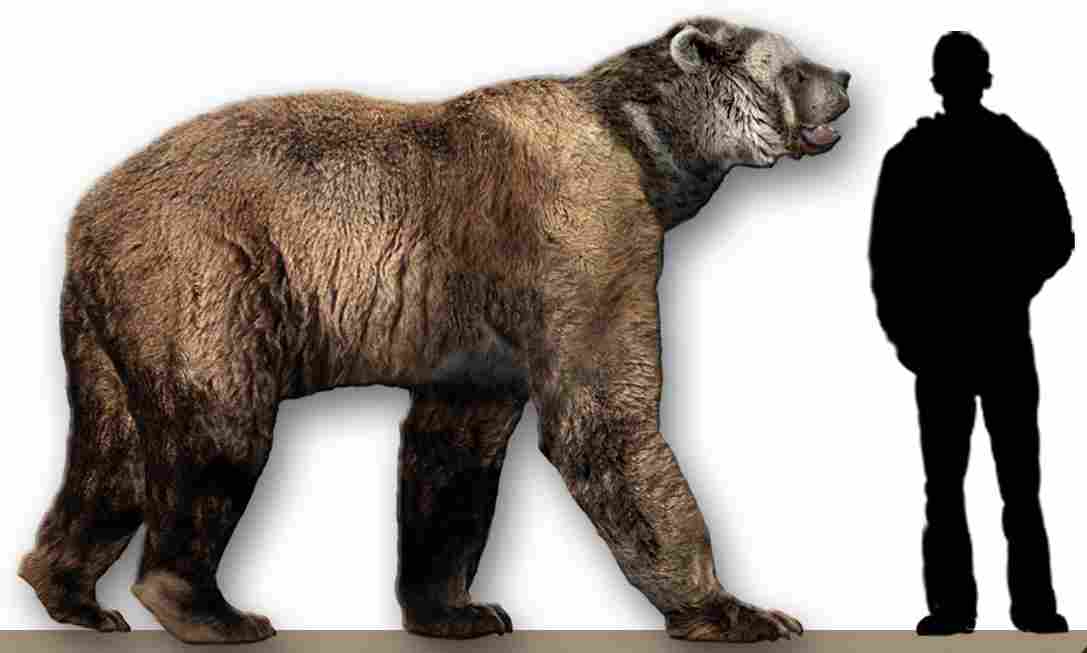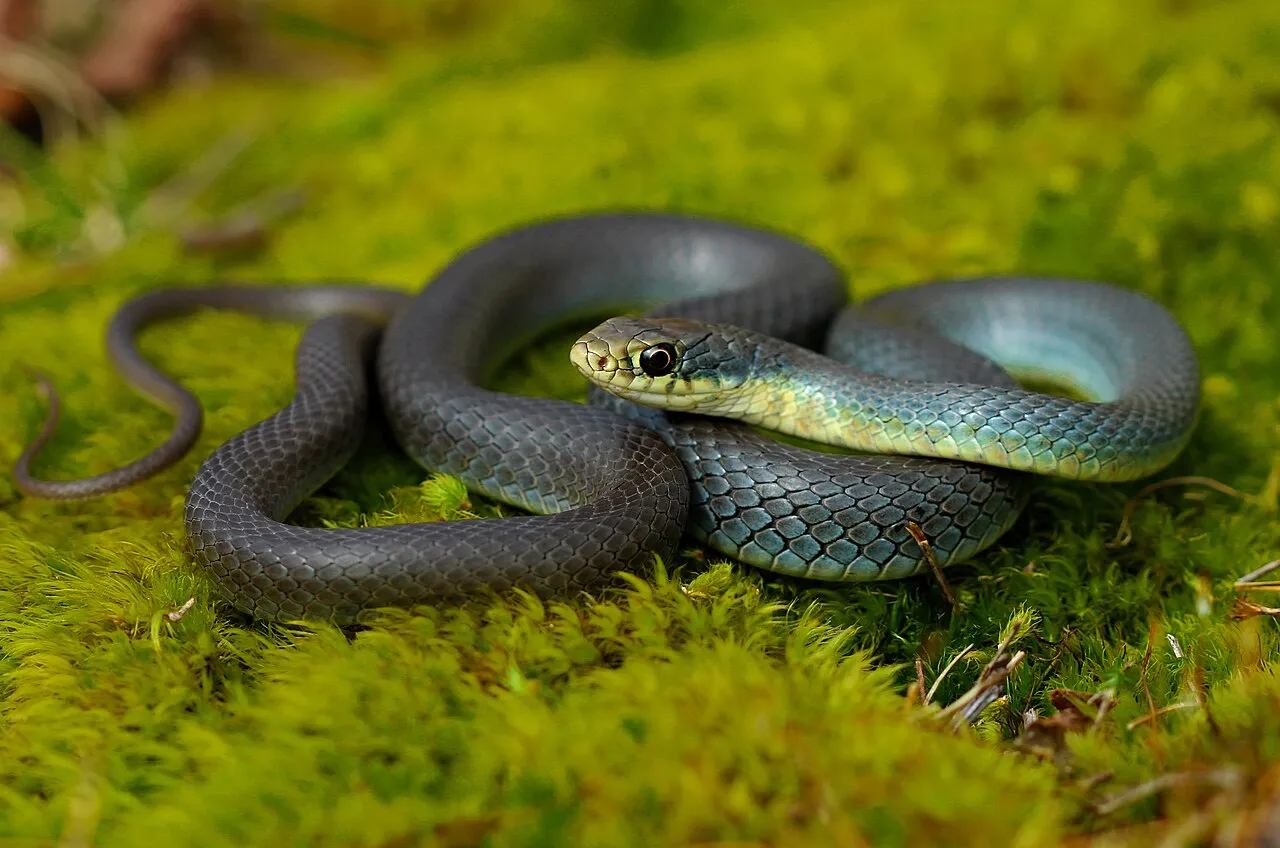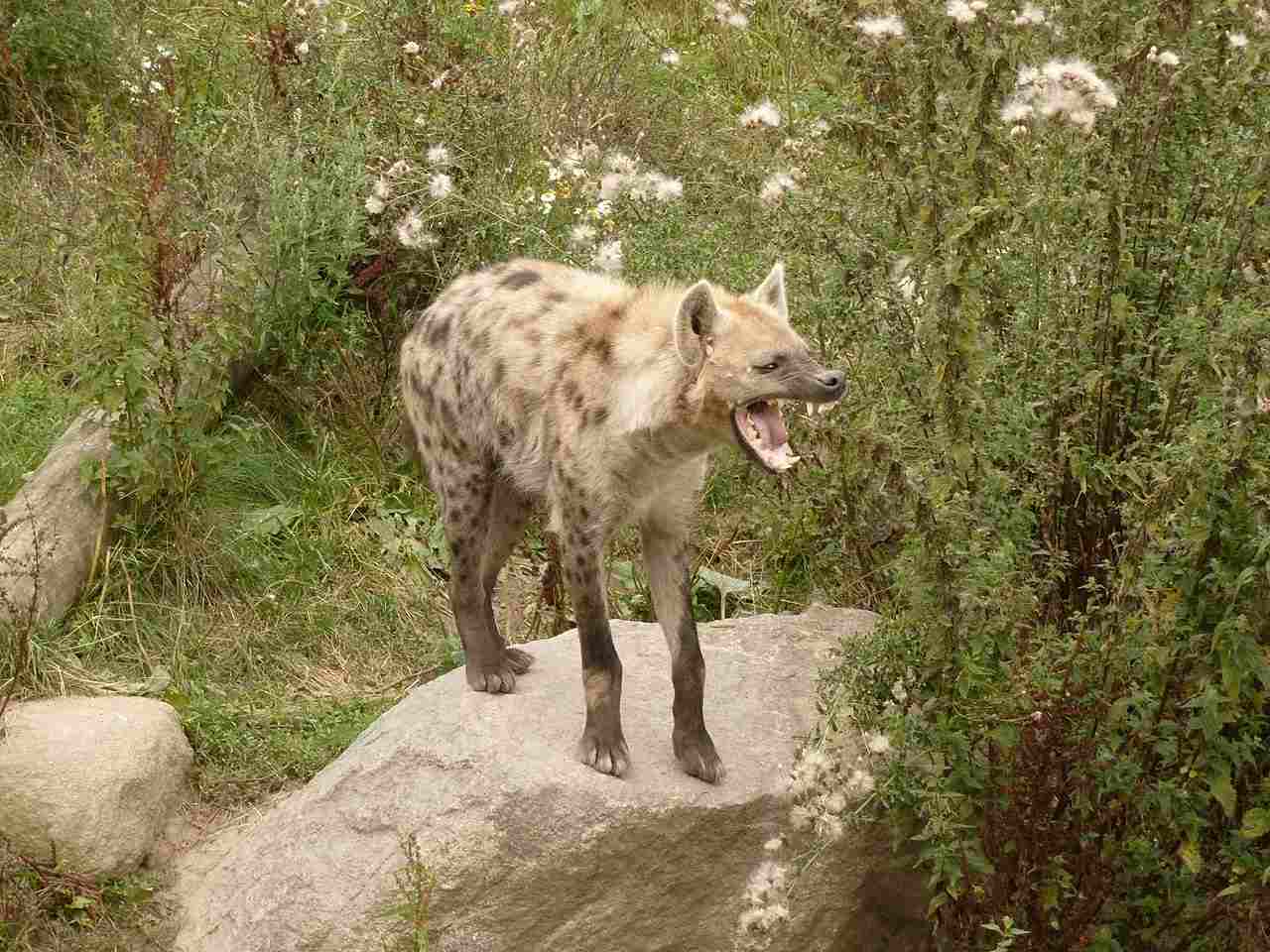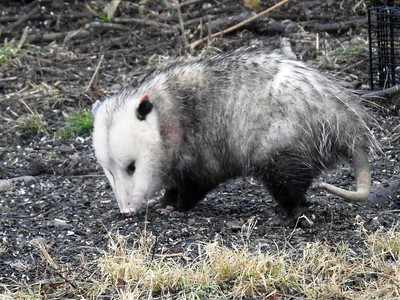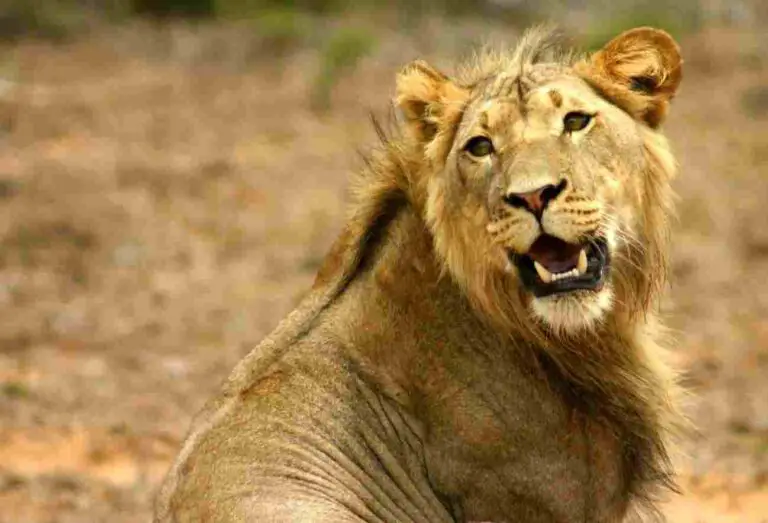What Are The Top Predators In The Area Of Western Russia? An Overview
Examples of top predators in the area of western Russia are the Eurasian Lynx, Brown Bear, Wolf, White-Tailed Eagle, Walrus, and Steppe Eagle. These predators play crucial roles in their ecosystems, from controlling prey populations to cleaning up carrion. Conservation efforts focus on addressing habitat loss, reducing human-wildlife conflicts, and mitigating climate change impacts.
1. Eurasian Lynx
The Eurasian Lynx (Lynx lynx) is a formidable predator found throughout the forests of western Russia. As the largest of the lynx species, it is well-adapted to its environment, with a thick, spotted coat that provides excellent camouflage among the trees and rocky outcrops. Its tufted ears and large, padded paws enable it to navigate through dense forest and deep snow with ease. The Eurasian Lynx is a solitary hunter, primarily preying on small to medium-sized mammals like hares and deer, though it can also catch birds and other small prey. It is known for its stealth and patience, often lying in wait for hours to ambush its quarry.
The Eurasian Lynx plays a crucial role in maintaining the balance of its ecosystem by controlling the populations of various prey species. Despite its adaptability, the lynx has faced significant challenges due to habitat loss and poaching. Conservation efforts in western Russia have focused on protecting its habitats and reducing human-wildlife conflicts. The lynx’s presence in the region is not only a sign of a healthy forest ecosystem but also a testament to the importance of preserving large tracts of wilderness to support apex predators and the biodiversity they help maintain.
2. Bear
The brown bear (Ursus arctos) is a top predator in western Russia, renowned for its massive size and formidable strength. It has a broad diet that includes fish, small to large mammals, berries, and plants. Bears are known for their ability to stand on their hind legs, giving them an imposing stature. They often inhabit forests, mountainous regions, and riverbanks, where they can find an abundance of food. In preparation for winter hibernation, they bulk up during the autumn, sometimes consuming 90 pounds of food a day.
Bears are solitary animals, coming together only for mating and while raising cubs. Their solitary nature and wide-ranging territories can bring them into conflict with humans, especially as human development encroaches on their habitats. Conservation efforts in western Russia aim to maintain safe corridors for bear movement and minimize human-bear conflicts. These efforts also help ensure that bears can continue to fulfill their role in the ecosystem, regulating prey populations and spreading plant seeds through their droppings.
3. Wolf
The wolf (Canis lupus) is another apex predator in western Russia, known for its pack behavior and intricate social structure. Wolves are highly adaptable and can thrive in a variety of environments, from dense forests to open plains. They hunt cooperatively, using teamwork to bring down large prey like deer and wild boar. This cooperative hunting makes them efficient predators and helps them maintain a strong bond within the pack.
Wolves play a vital role in maintaining ecological balance by controlling herbivore populations, which can prevent overgrazing and promote vegetation recovery. However, wolves have historically been hunted and persecuted due to their reputation as a threat to livestock and human safety. Conservation efforts in western Russia focus on reducing these conflicts through education and responsible livestock management, allowing wolves to coexist with humans while performing their critical ecological role.
4. White-Tailed Eagle

The white-tailed eagle (Haliaeetus albicilla) is a large bird of prey found in western Russia, particularly near bodies of water such as lakes and rivers. With a wingspan of up to 2.5 meters, it’s one of the largest eagles in the world. This bird primarily feeds on fish, but it’s also known to hunt birds and small mammals. White-tailed eagles are impressive fliers, often seen soaring over water in search of prey.
These eagles play an important role in the ecosystem by helping to maintain healthy fish populations and cleaning up carrion. Their populations have faced declines due to habitat loss and pollution, especially from pesticides. Conservation measures in western Russia have focused on protecting wetland habitats and reducing environmental pollutants. These efforts have seen some success, with white-tailed eagle numbers rebounding in recent years, reflecting the importance of concerted conservation efforts.
5. Walrus
The walrus (Odobenus rosmarus) is a distinctive marine mammal that inhabits the Arctic regions, including the northern coasts of western Russia. Known for their large tusks and massive bodies, walruses are social creatures, often forming large groups on ice floes or rocky shorelines. They feed primarily on benthic invertebrates such as clams and mollusks, using their sensitive whiskers to detect prey on the ocean floor.
Walruses play a key role in the Arctic ecosystem by controlling invertebrate populations and serving as prey for polar bears and orcas. However, climate change and human activities like oil exploration pose significant threats to their habitats. Conservation efforts focus on protecting walrus haul-out sites and mitigating the impacts of climate change. In western Russia, monitoring and research are crucial to understanding walrus behavior and ensuring their survival in a rapidly changing environment.
6. Steppe Eagle
The steppe eagle (Aquila nipalensis) is a large bird of prey commonly found in the open plains and steppes of western Russia. With a wingspan of over two meters, it’s an impressive sight in flight. Steppe eagles primarily feed on small to medium-sized mammals, such as rodents and hares, but they are also known to scavenge carrion. They are migratory birds, traveling long distances to find food and favorable breeding grounds.
These eagles contribute to the ecosystem by controlling rodent populations and cleaning up dead animals, helping to prevent the spread of disease. However, steppe eagle populations face threats from habitat loss, power lines, and illegal hunting. Conservation efforts in western Russia focus on protecting their habitats and reducing human-induced hazards. Recent studies have shown that these measures can help stabilize steppe eagle populations and ensure their role as top predators in the steppe ecosystems.
*Summary
-
Eurasian Lynx: Large cat in western Russia, hunting small mammals; faces challenges due to habitat loss and poaching.
-
Bear: Massive predator with a varied diet; conservation efforts aim to reduce human-bear conflicts.
-
Wolf: Pack-hunting predator; essential for controlling herbivore populations; conservation focuses on reducing human-wolf conflicts.
-
White-Tailed Eagle: Large bird of prey; primarily hunts fish; conservation addresses habitat loss and pollution.
-
Walrus: Marine mammal; feeds on benthic invertebrates; threatened by climate change and human activities.
-
Steppe Eagle: Migratory bird of prey; feeds on small mammals and carrion; conservation focuses on habitat protection and reducing hazards.
| Predator |
Key Characteristics
|
| Eurasian Lynx |
Large cat; hunts small mammals; challenged by habitat loss/poaching
|
| Bear |
Massive predator; varied diet; conservation focuses on reducing conflicts
|
| Wolf |
Pack hunter; controls herbivores; conservation to reduce conflicts
|
| White-Tailed Eagle |
Large bird; hunts fish; faces habitat loss and pollution
|
| Walrus |
Marine mammal; feeds on invertebrates; threatened by climate change
|
| Steppe Eagle |
Migratory bird; feeds on small mammals/carrion; faces habitat loss
|


